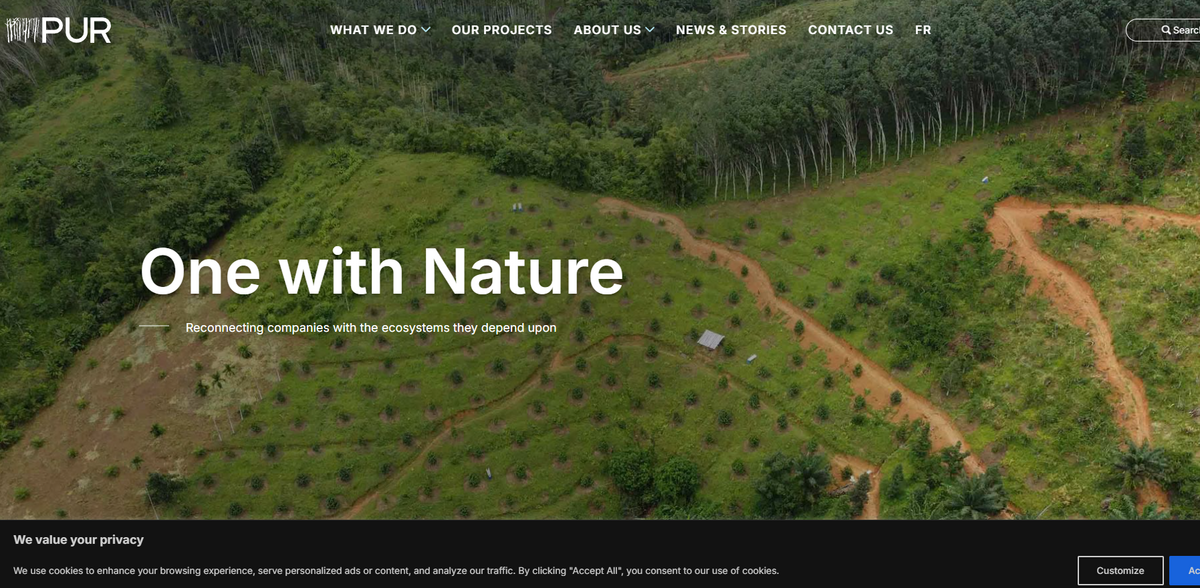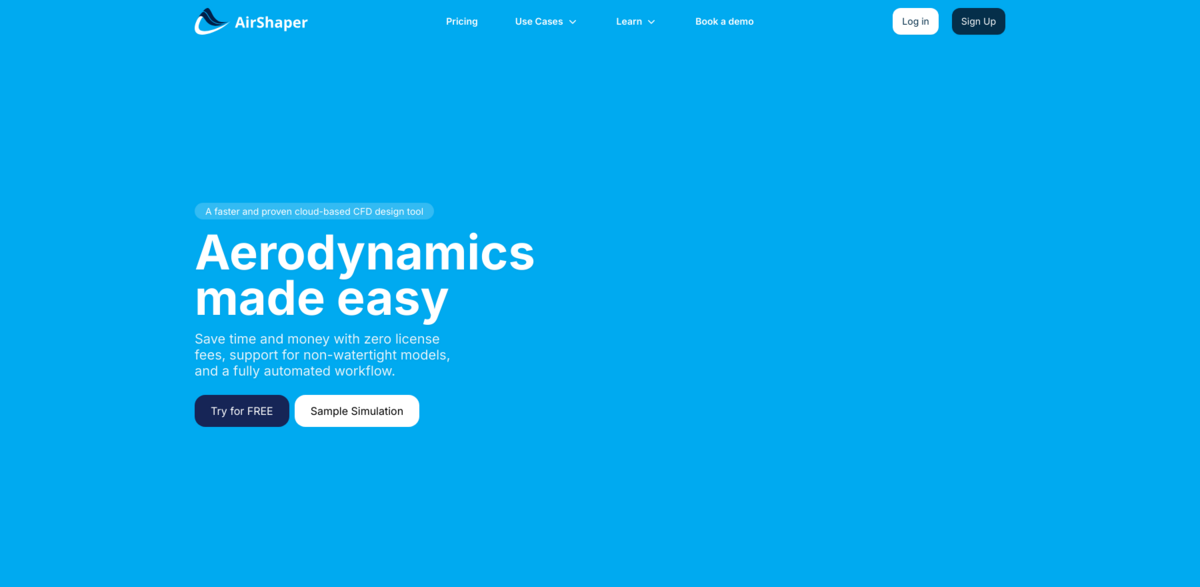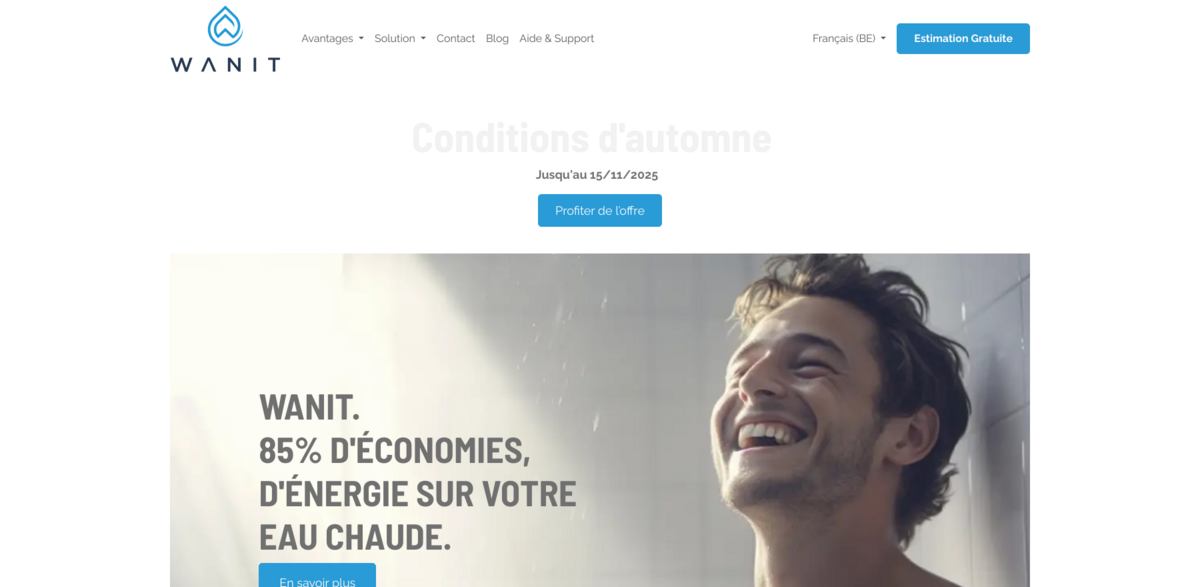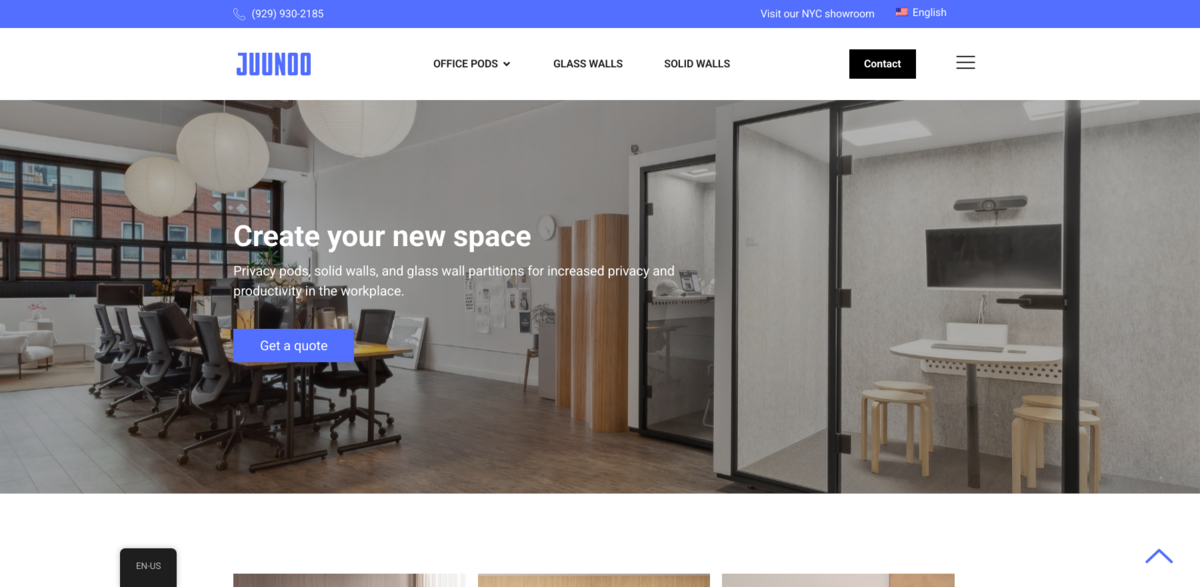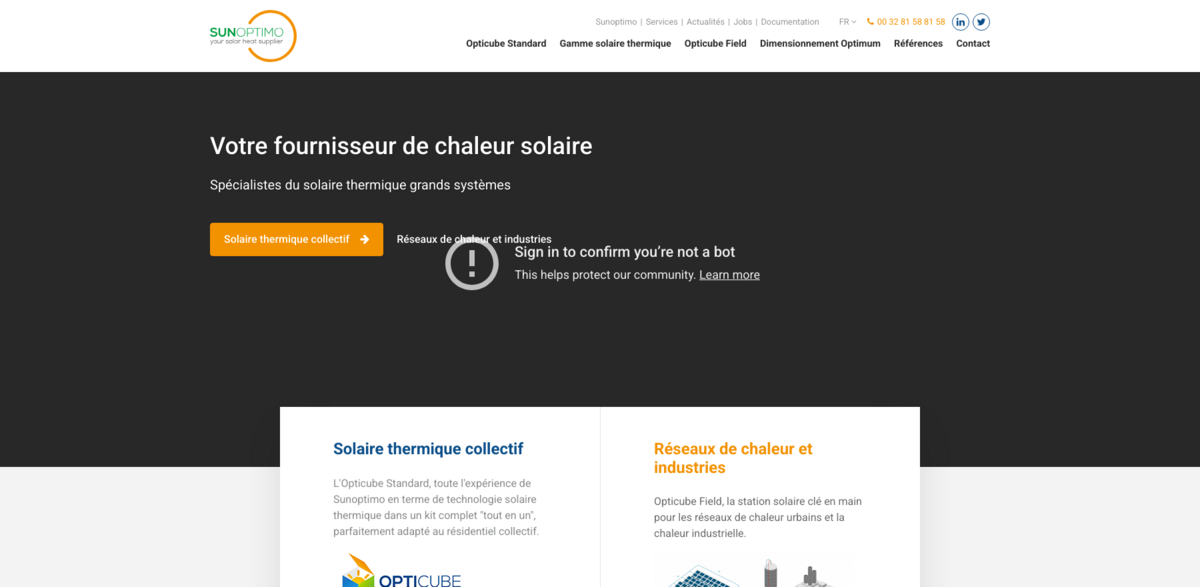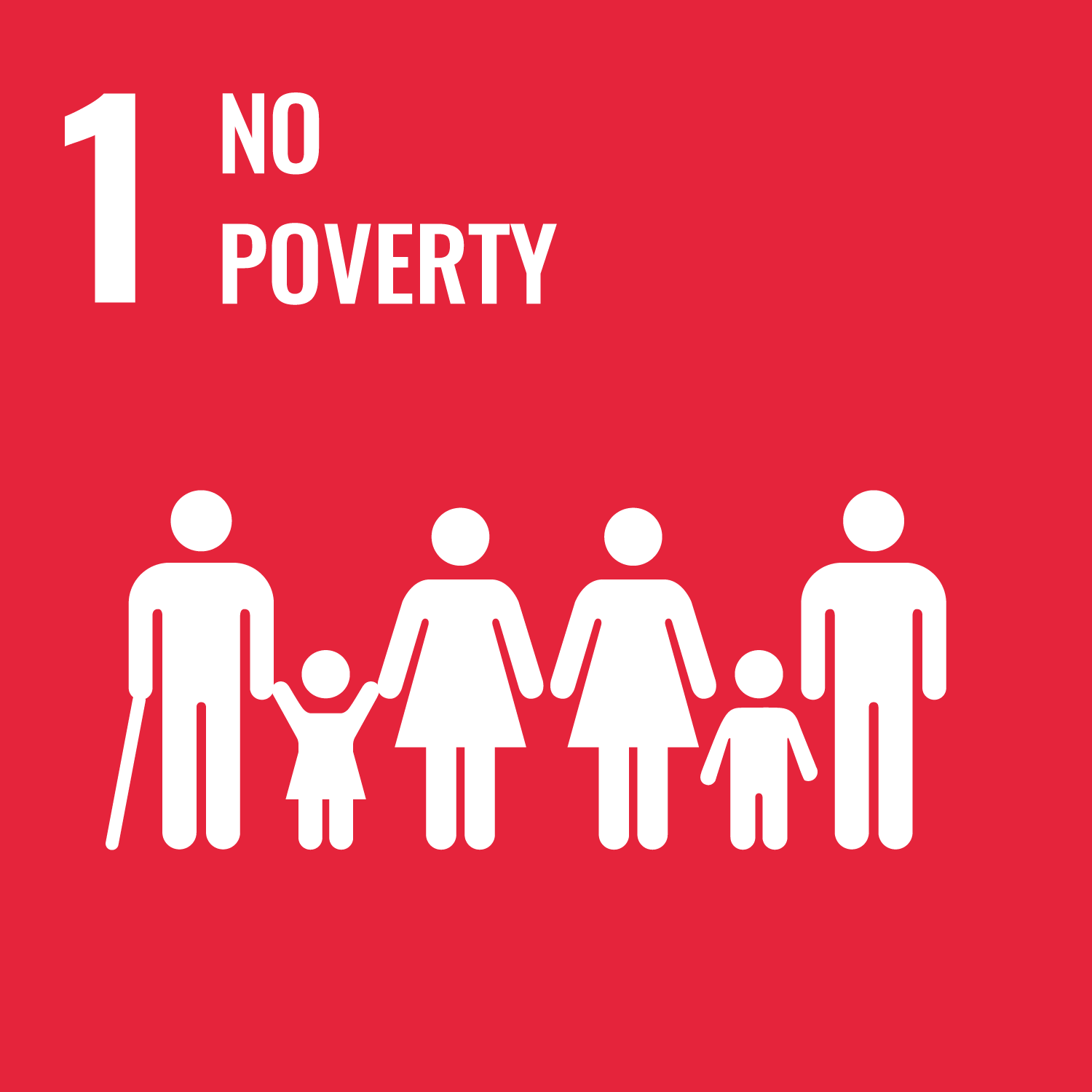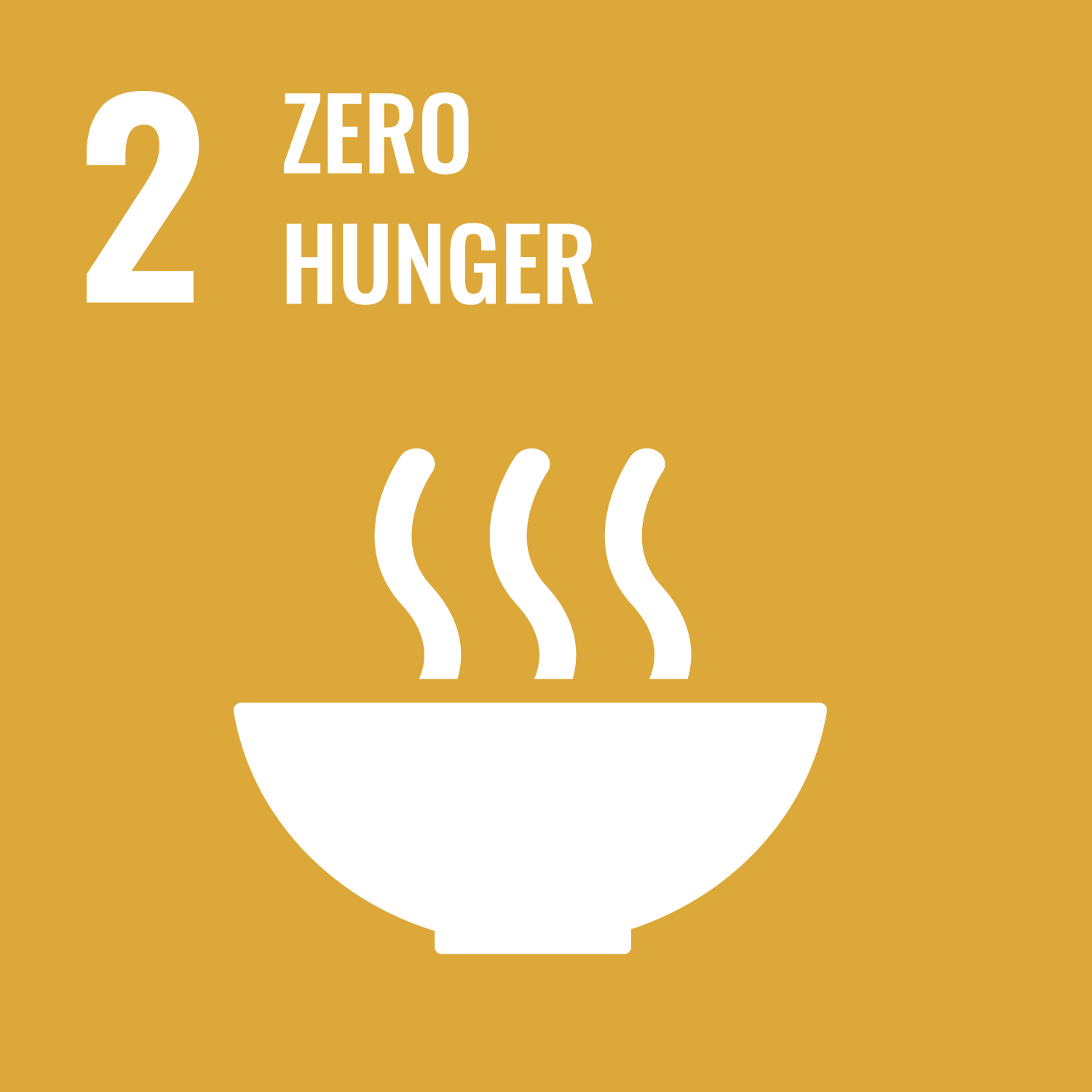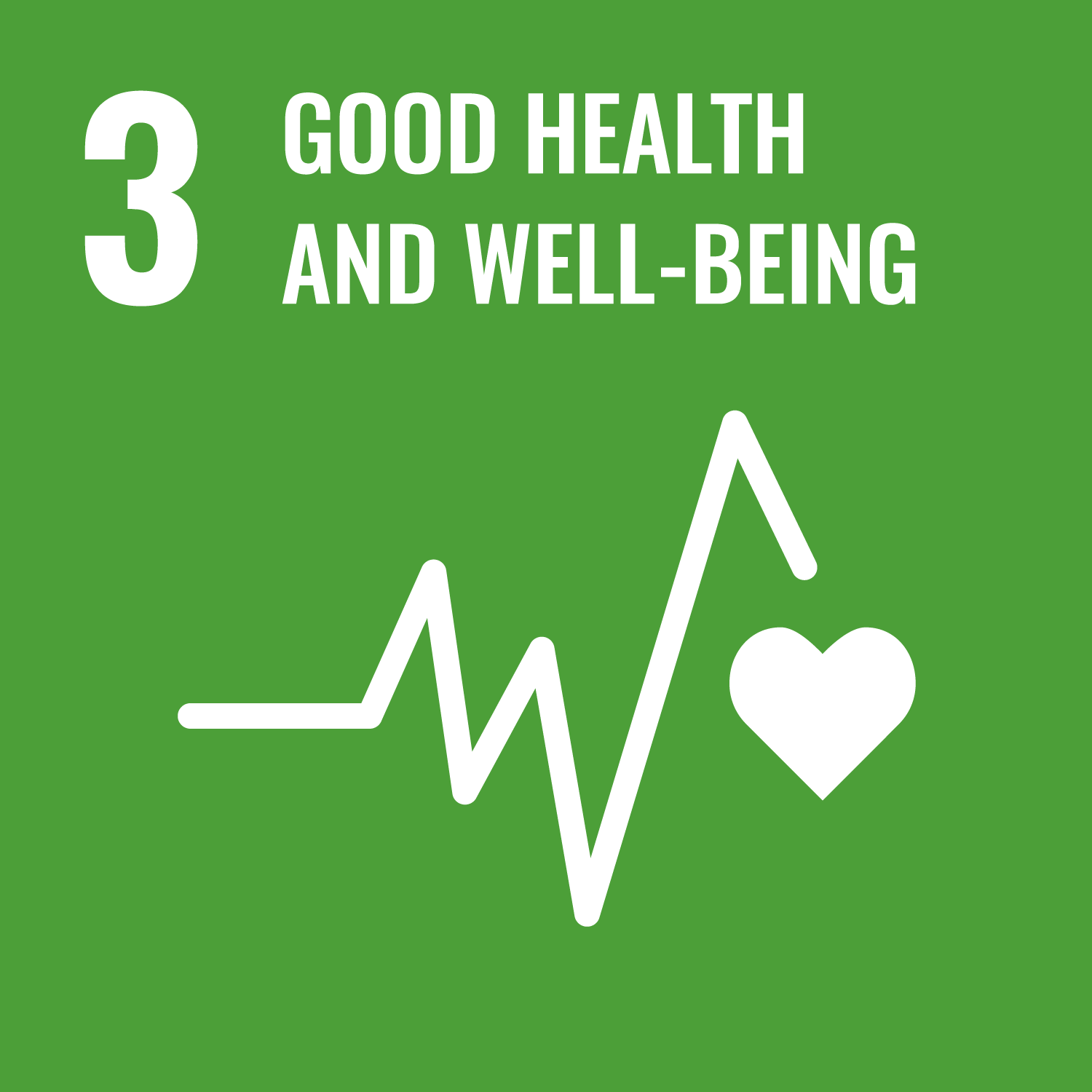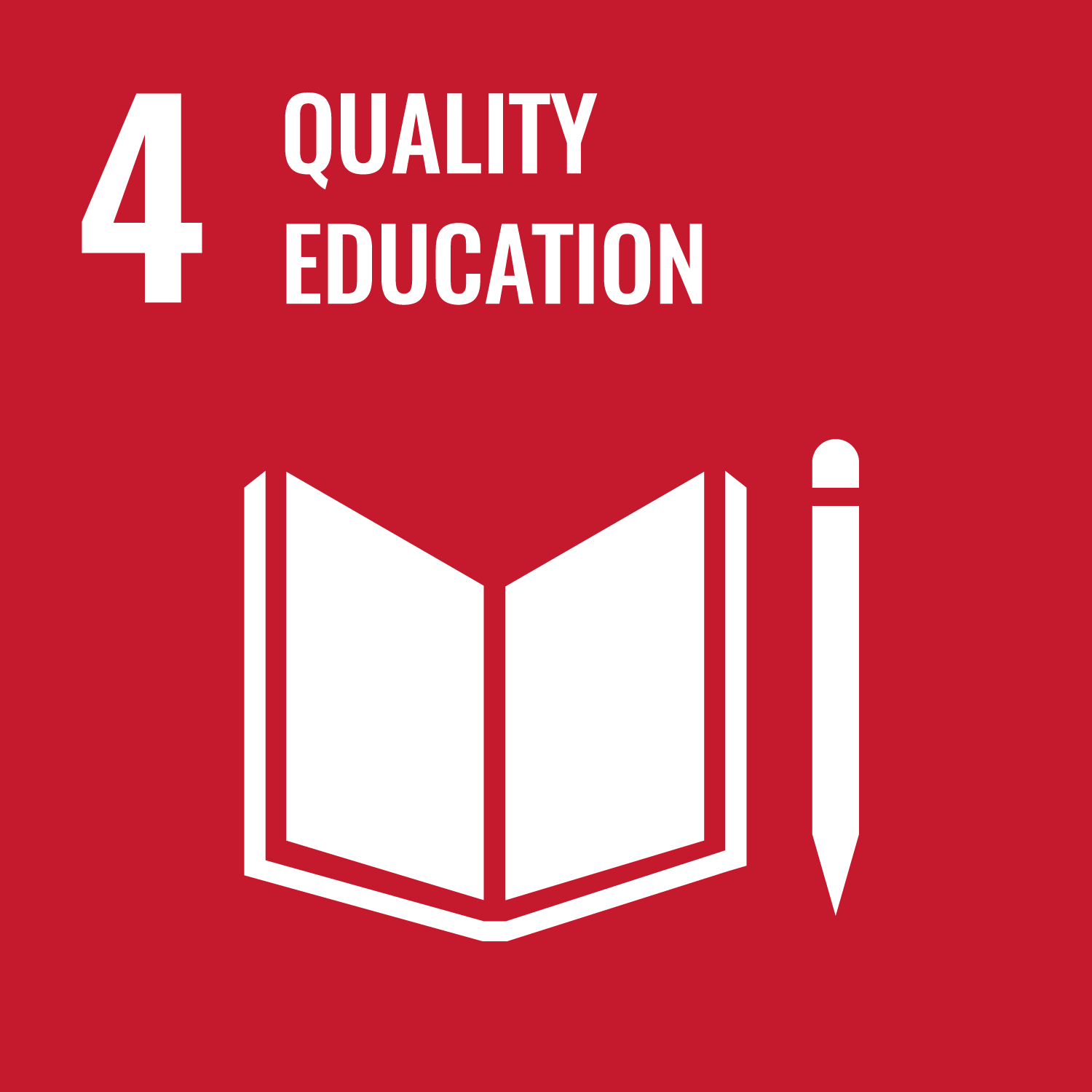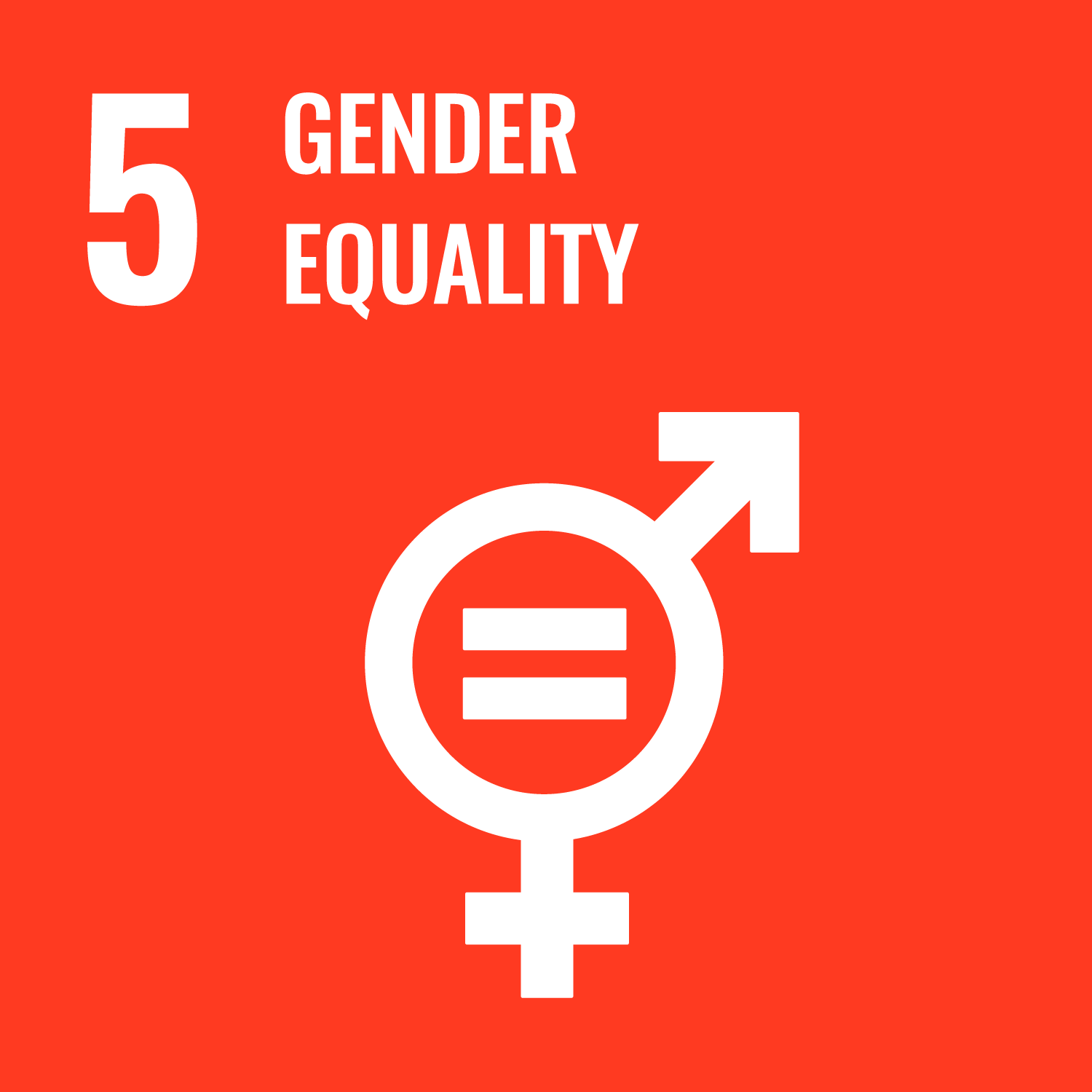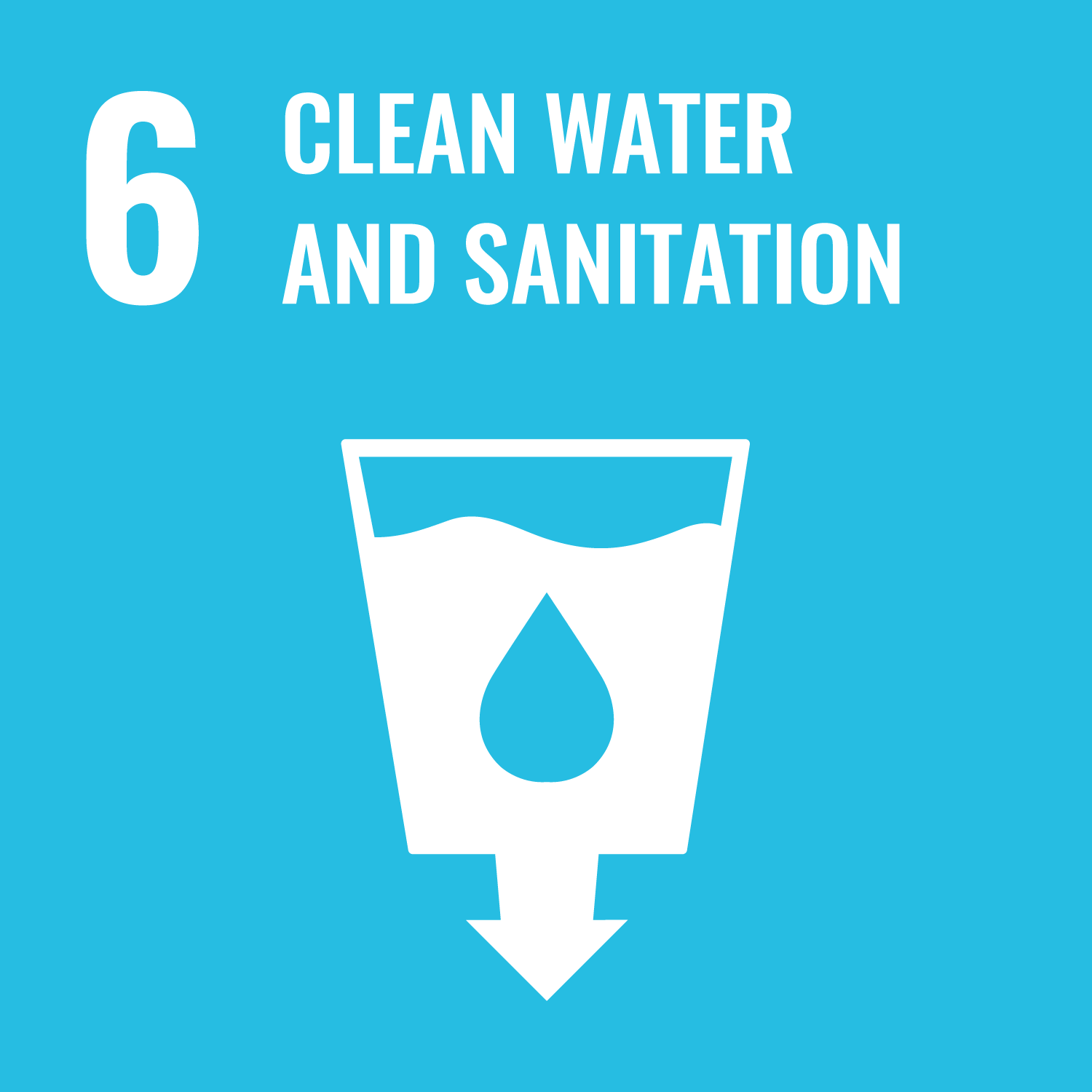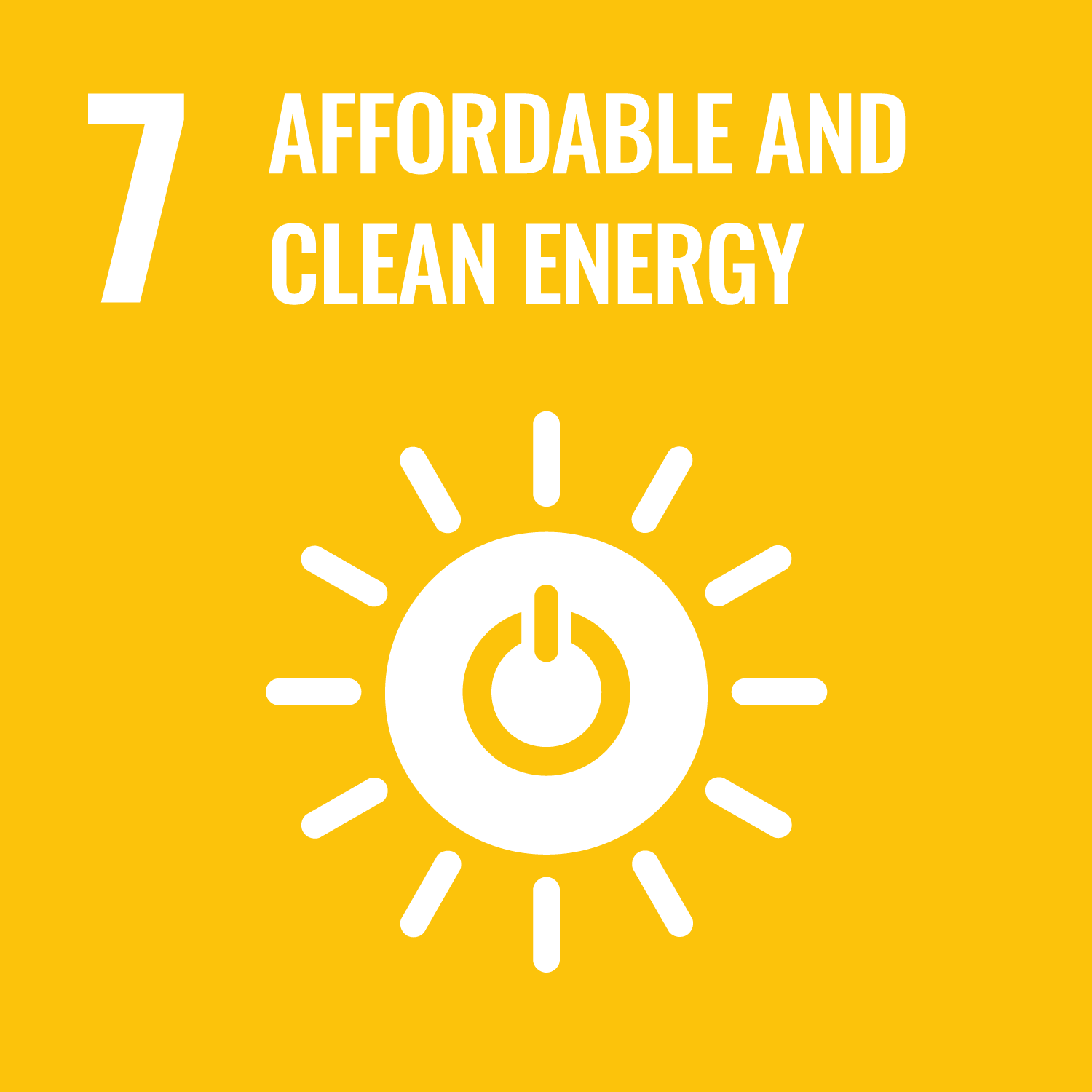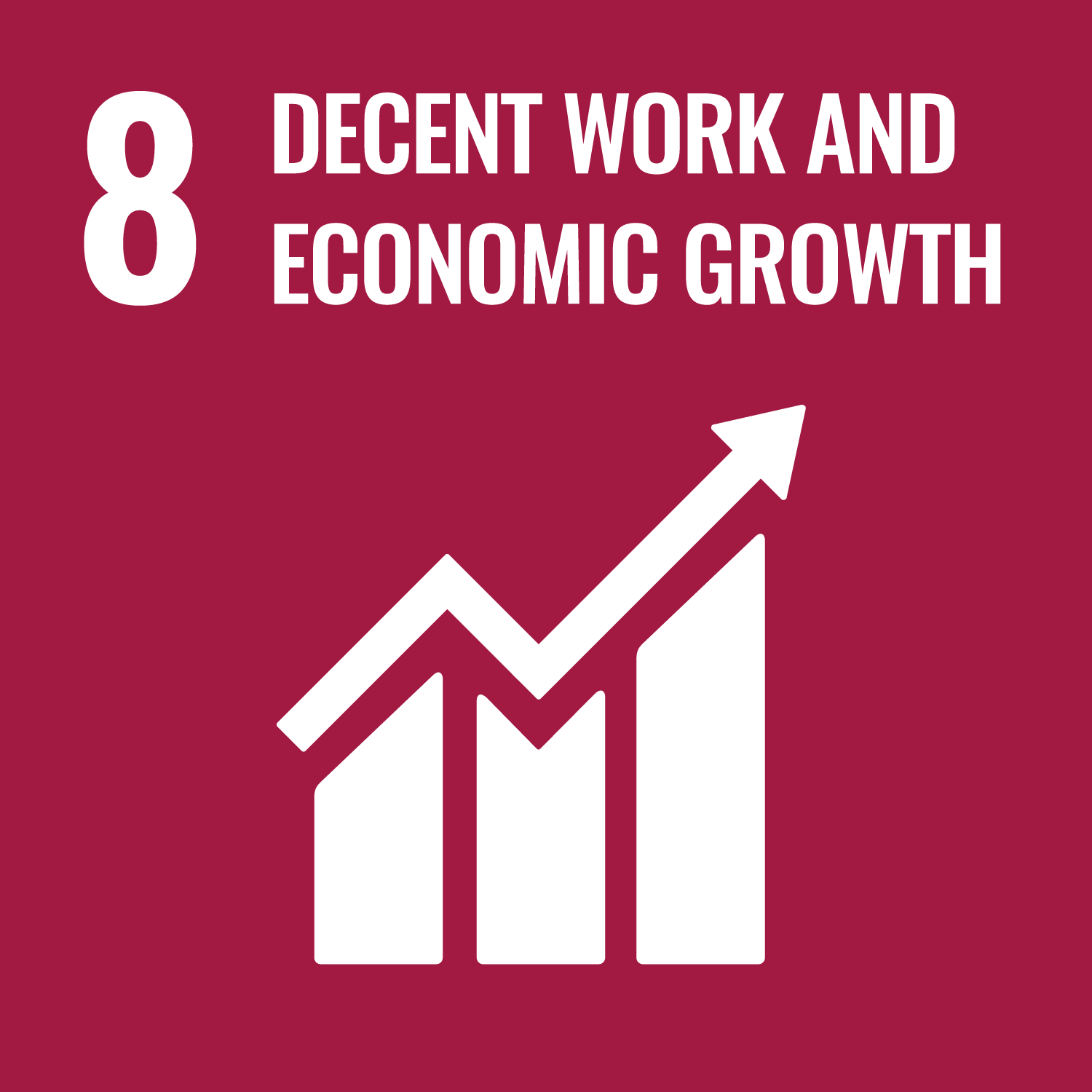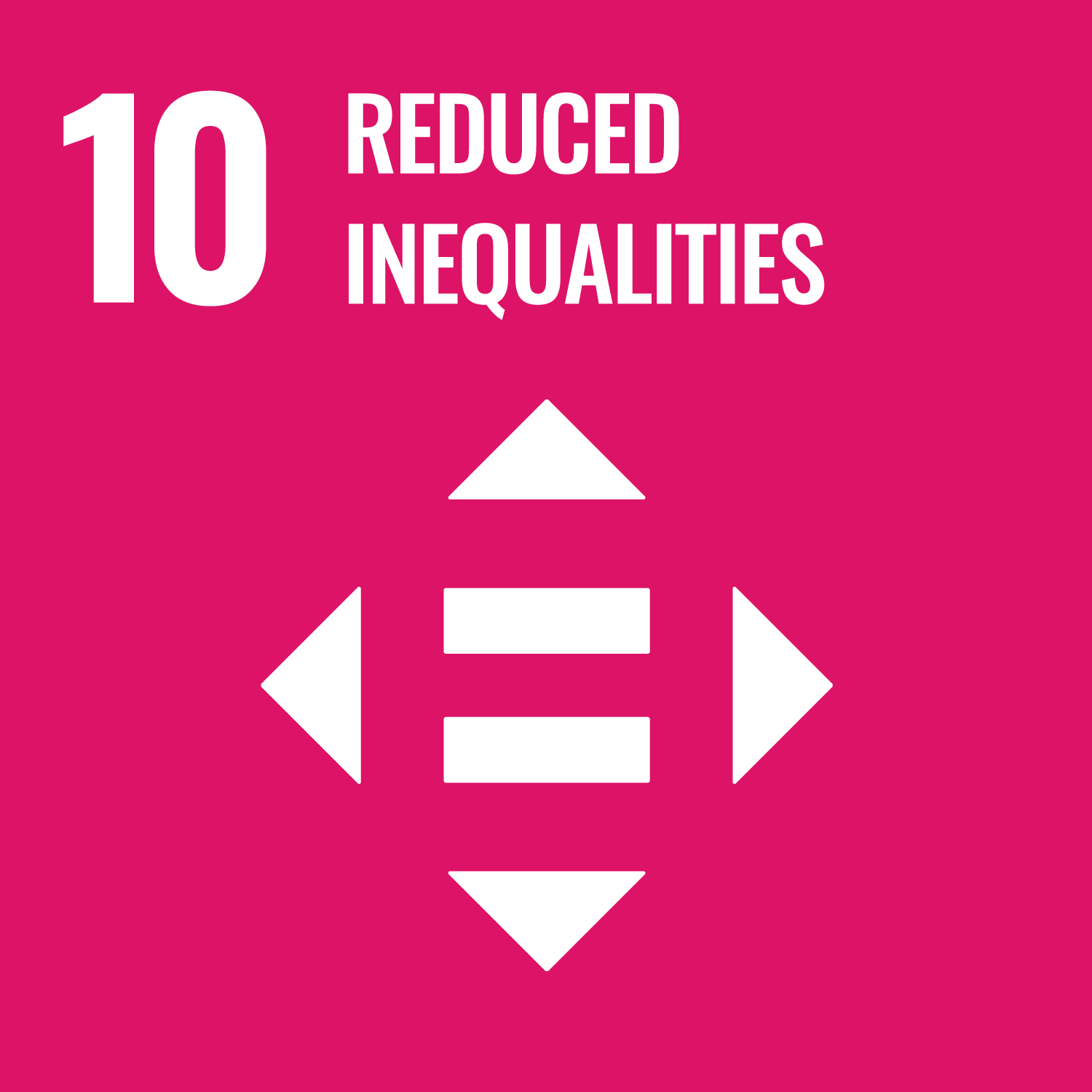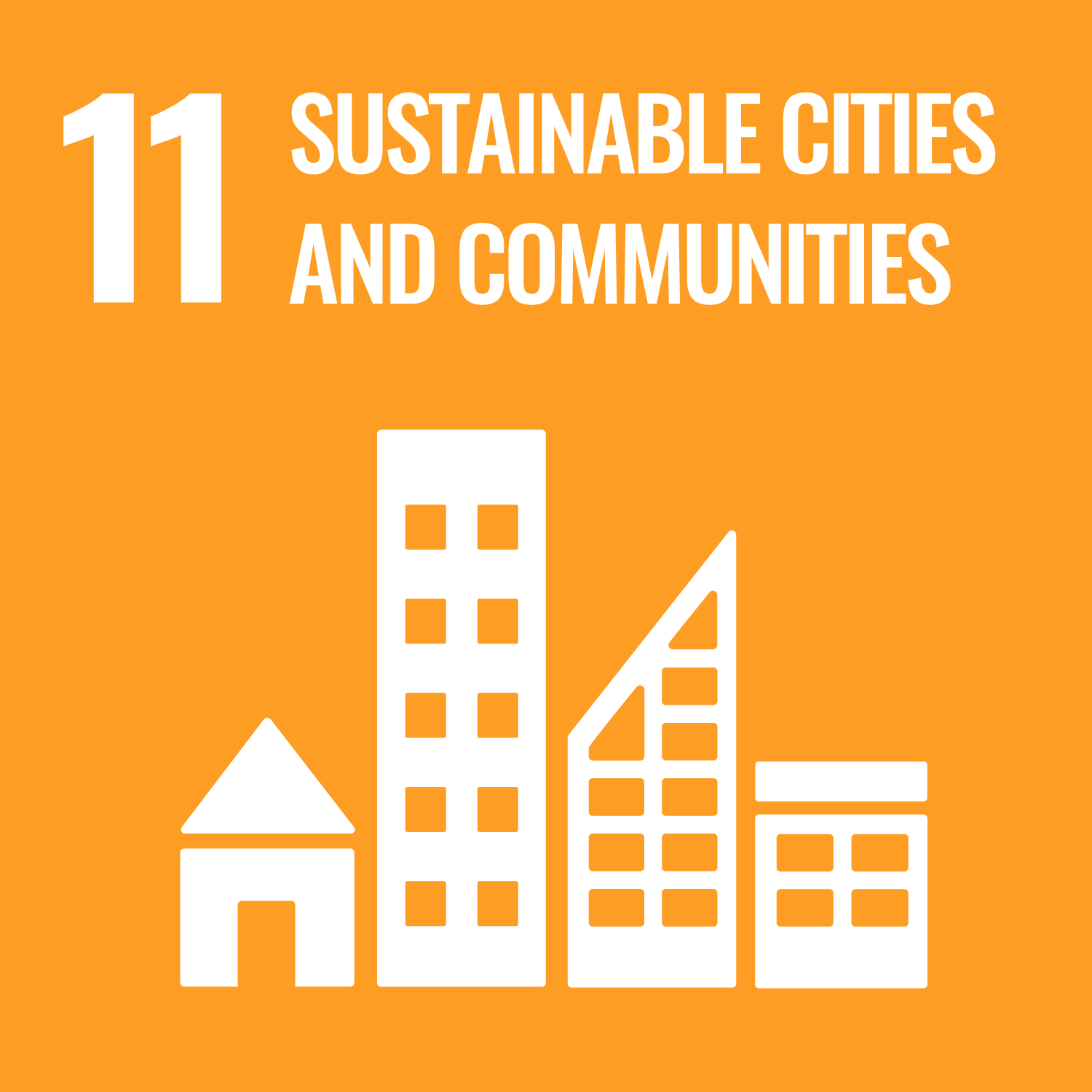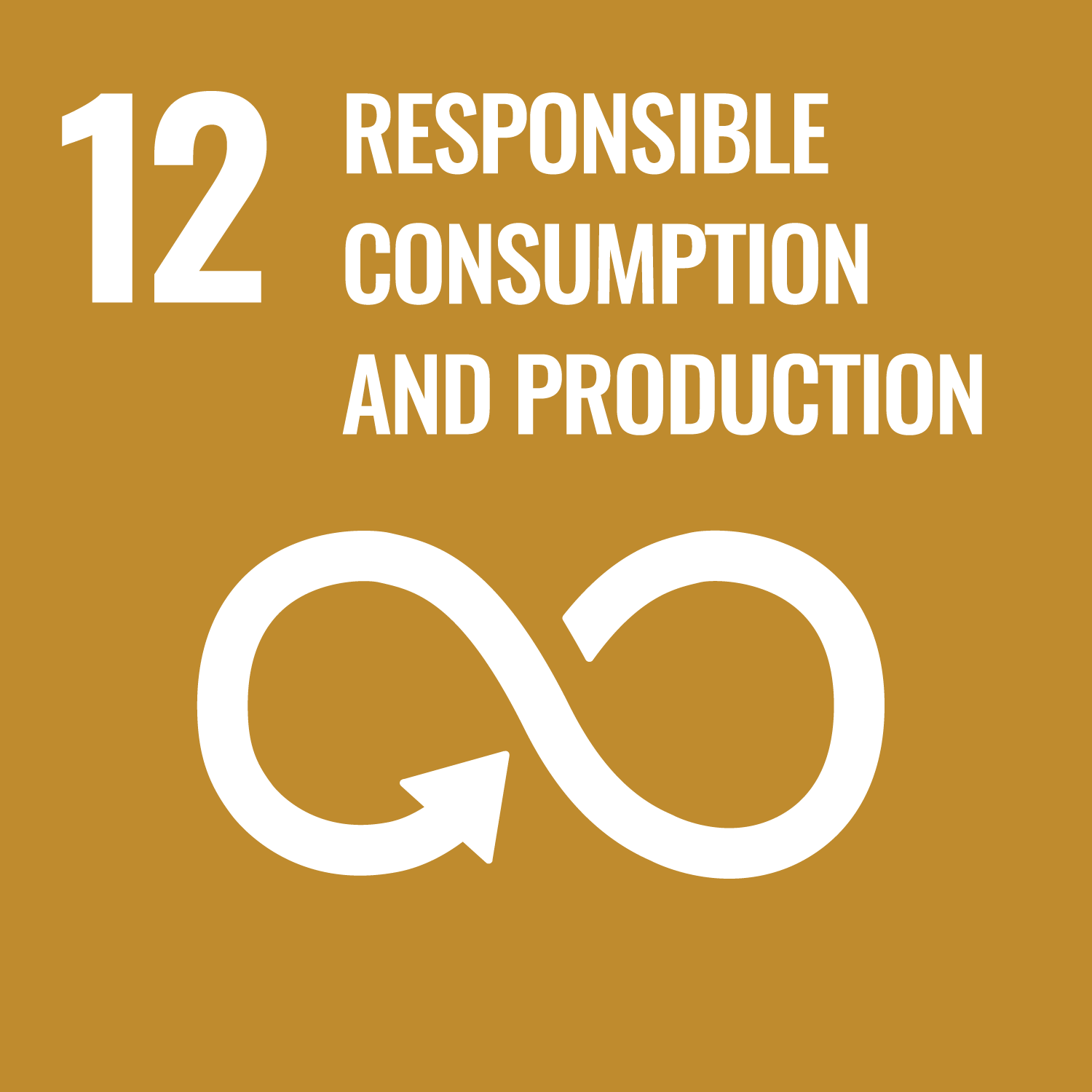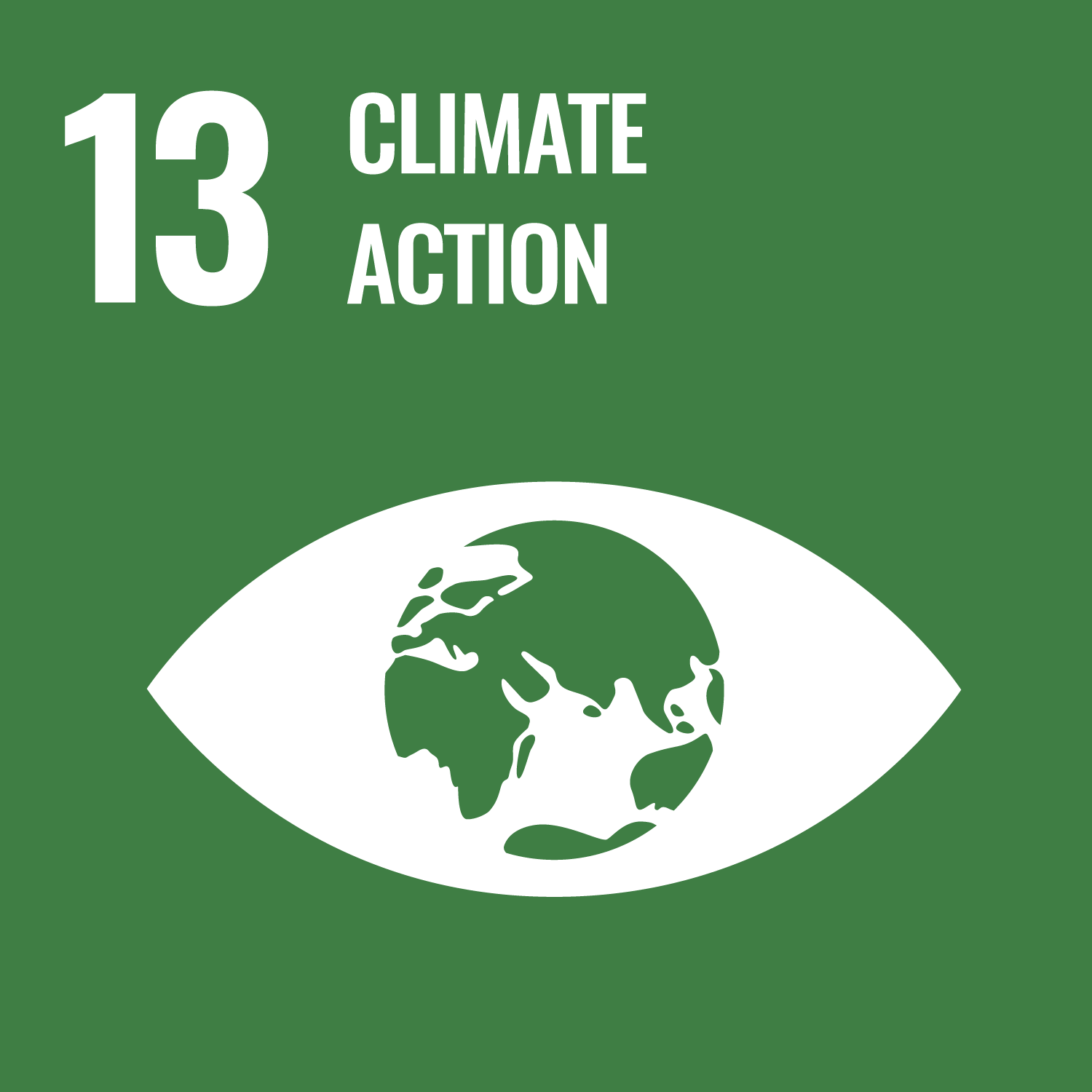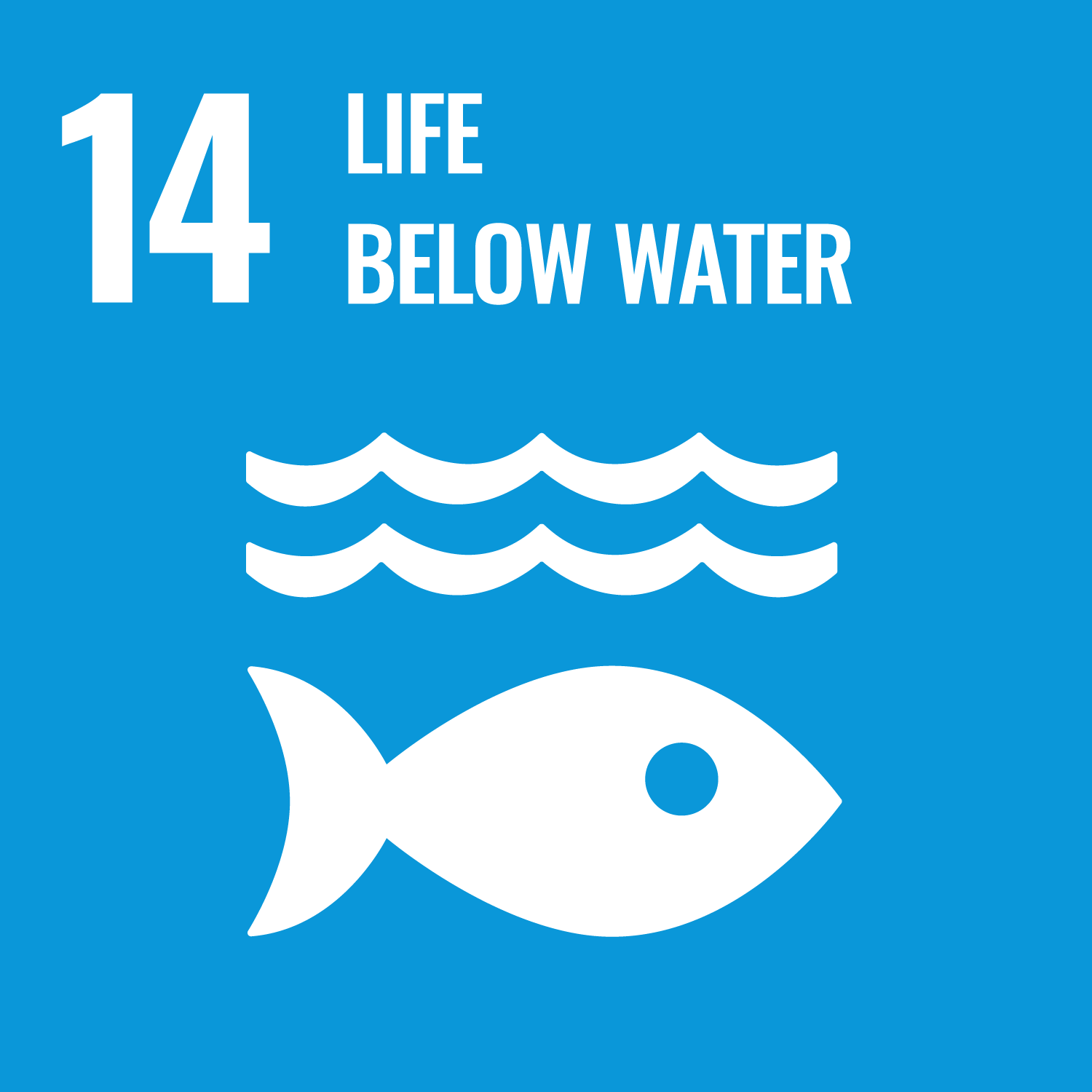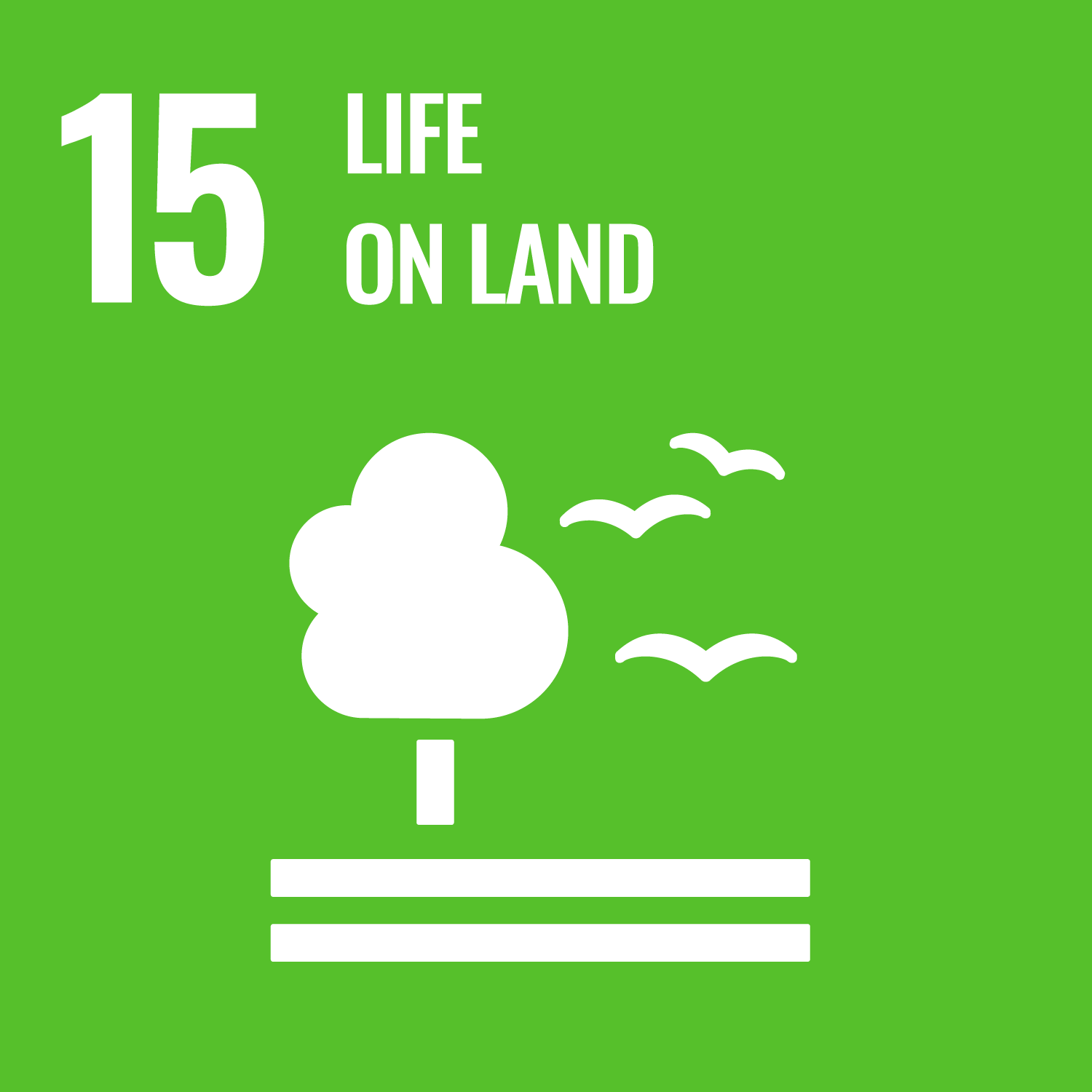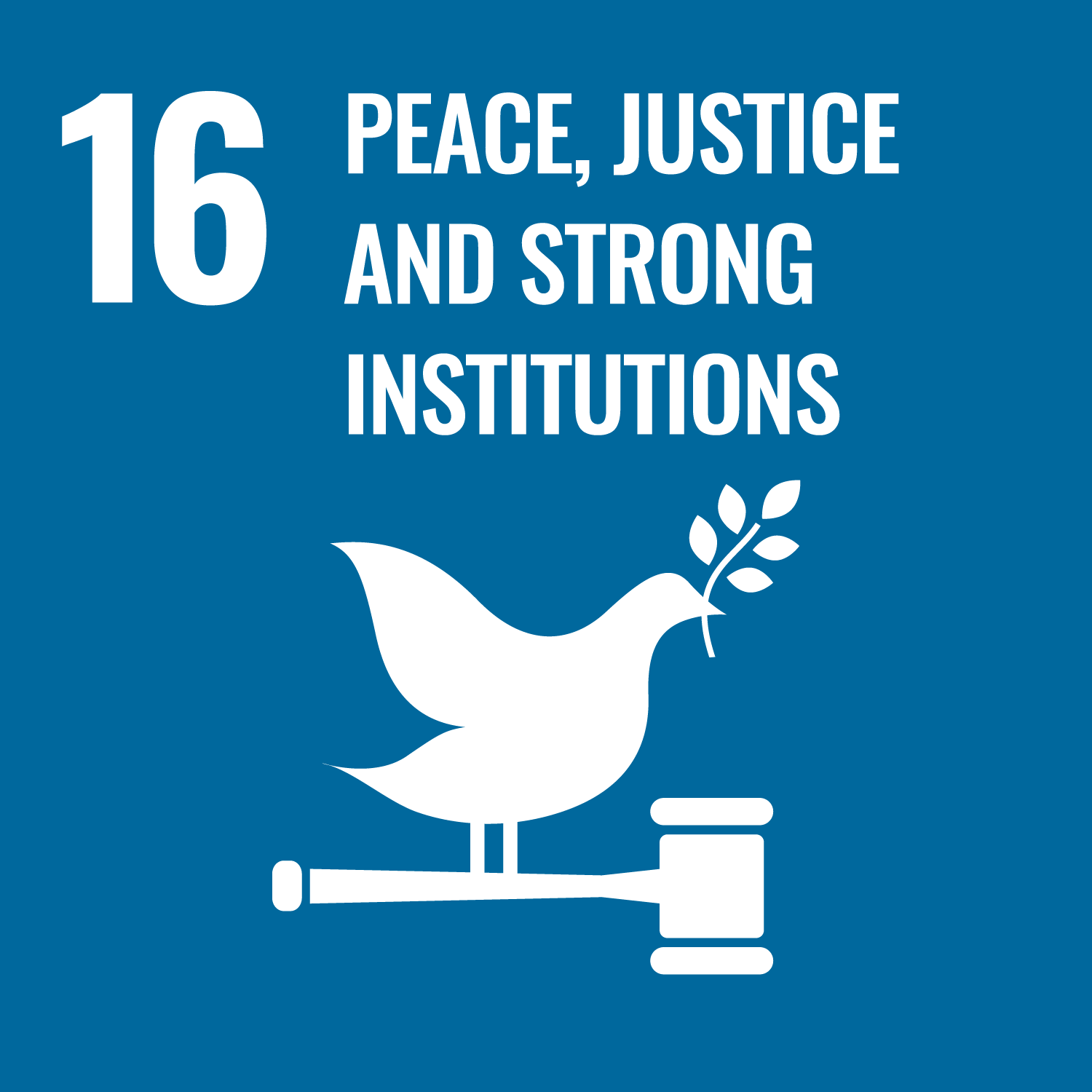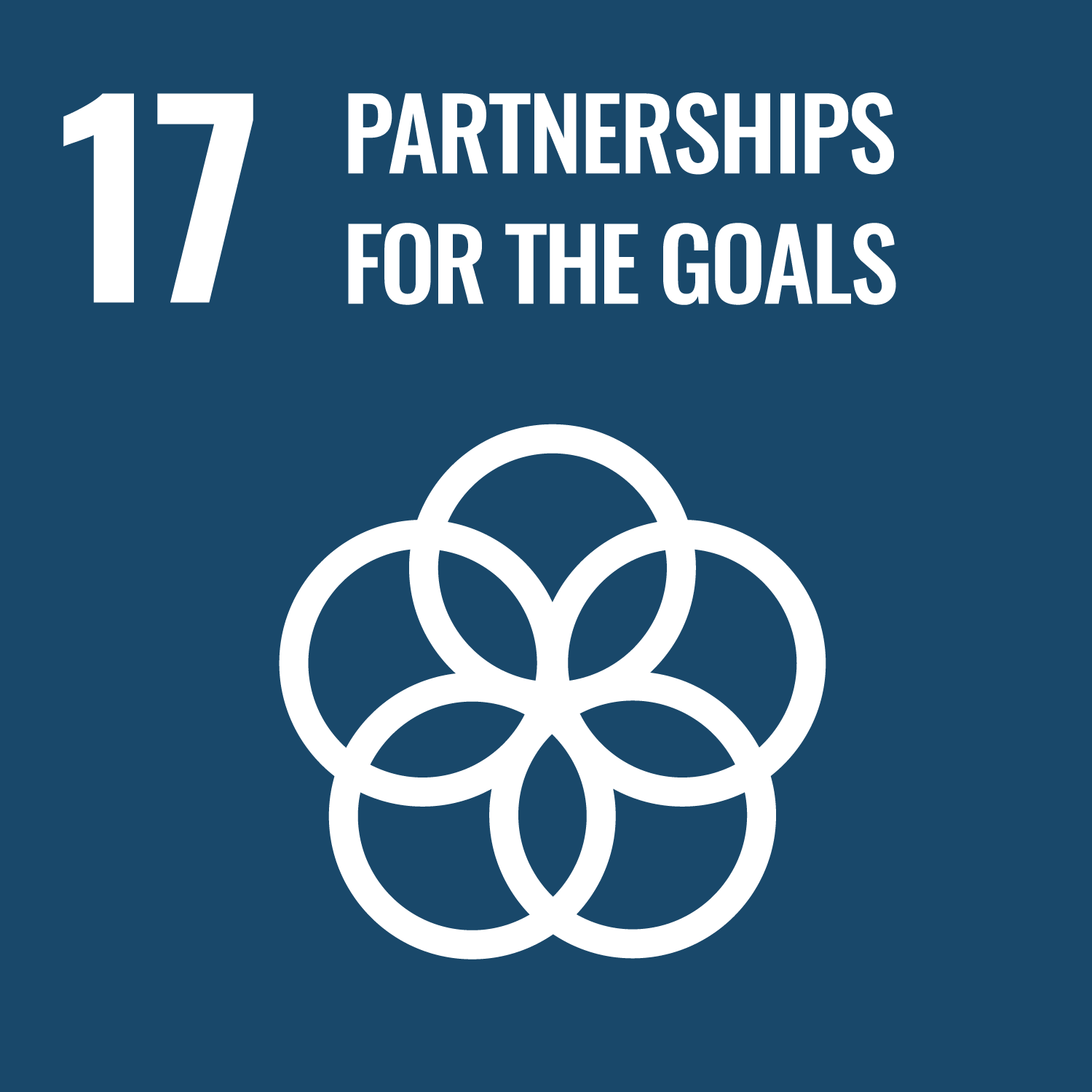What the Project Is
PUR partners with companies, investors, and local communities to develop scalable nature-based projects that deliver measurable impacts in support of nature and climate goals. With more than 15 years of experience across five continents, the team combines expertise in impact frameworks and technical project design to drive results on carbon, biodiversity, soil, water, and livelihoods while strengthening supply chain resilience. Founded in 2008, PUR develops projects within clients’ value chains to regenerate landscapes and protect vital ecosystems. Every initiative—from agroforestry to regenerative agriculture, reforestation, and forest conservation—is designed to re-establish balanced ecosystems while ensuring communities can thrive. There’s a natural flow in this approach, almost like nature and progress working hand in hand…
Main Benefit
- More than 15 years of global experience across five continents
- Implementation of nature-based solutions across 400,000 hectares in 30 countries
- Over sixty projects integrating agroforestry, regenerative agriculture, reforestation, and forest conservation practices
- Partnerships with over 60,000 farmers
- More than 33 million trees planted
Sustainable Solutions
Projects by PUR are not just about planting trees—they truly embody sustainable solutions. Through initiatives that expand emission reduction strategies, these projects establish not only a method for carbon sequestration but also generate high-quality carbon assets for companies. The approach is scientific, precise, and effective. For instance, reforestation and agroforestry programs are designed with the idea of embedding environmental benefits at the very core of value chains. As each project unfolds, unused plots are transformed and improved, turning potential wastelands into thriving areas supporting sustainable agriculture. It all ties back to enhancing soil regeneration and promoting responsible land use, with a touch of natural dynamism that makes every project feel alive.
Innovative Carbon Insetting
A distinctive element in PUR’s portfolio is the implementation of “insetting” projects. Unlike traditional carbon offsetting, these initiatives work within a company’s value chain to reduce carbon footprints via targeted carbon removals. The projects are meticulously crafted to align with the goals outlined in the Paris Agreement, thereby not only meeting but exceeding carbon reduction objectives. Using advanced software tools and efficient data collection methods, the design and implementation incorporate cutting-edge technology and science-based results. It’s a blend of innovative thinking and proven practices, a neat example of how advanced strategies can be applied in real-world settings to yield measurable environmental benefits.
Community Empowerment and Advancement
One of the standout attributes of the projects is the strong involvement of local communities. PUR works closely with community members, ensuring that every project is designed with local interests in mind. Farmers looking to collaborate can utilize unused plots or transform existing ones through regenerative agriculture. This process incorporates techniques such as the planting of shade trees and fruit trees using agroforestry models, ultimately encouraging sustainable agricultural practices like cover cropping, composting, reduced ploughing, and restricted use of chemical inputs. The projects also venture into coastal and forest conservation, providing a boost to local economies that have long been disadvantaged. The human element is never lost, with local consent and active participation ensuring that each project has a lasting impact.
Technological and Data-Driven Insights
Data collection and advanced software tools keep these projects efficient and well-managed. Every initiative comes with measurable insights and outputs that help clients, farmer beneficiaries, and local communities track progress and success. This data-driven approach allows the teams to refine project designs continually, ensuring that the best international standards are met. Certification is also a critical aspect—external organizations with recognized expertise audit and verify that the projects adhere to the highest quality standards in the carbon market. The fusion of technology and nature-based strategies here is impressive, creating a feedback loop where environmental benefits lead to improved data quality and vice versa.
The Project Impact
- SDG 13: Climate Action – Initiatives that focus on carbon sequestration, emission reduction, and climate resilience.
- SDG 15: Life on Land – Commitment to reforestation, forest conservation, and sustainable land use practices.
- SDG 6: Clean Water and Sanitation – Projects enhancing watershed health, improving water quality, and managing resources responsibly.
- SDG 2: Zero Hunger – Empowering farmers through regenerative agriculture and agroforestry, improving food security.
- SDG 8: Decent Work and Economic Growth – Stimulating local economies and generating income through sustainable practices.
Building a Sustainable Future
The initiatives undertaken are a testament to how scalable, well-designed nature-based projects can transform landscapes and create a positive ripple effect far beyond immediate environmental gains. The interplay of community empowerment, technological advancement, and science-based project design creates resilience in supply chains while opening a path to enhanced livelihoods. The approach of working directly within participating companies’ value chains is innovative—reducing environmental footprints and paving the way for long-term socio-environmental improvements. It is a model that demonstrates how preserving nature can be aligned with growth and progress, making it an exciting and dependable strategy for the future. There’s a sense of optimism and determination in these projects, and each initiative carries forward the promise of a cleaner, greener, and more sustainable world.

